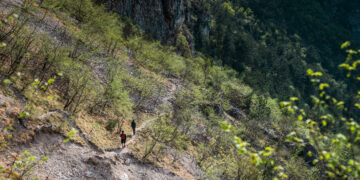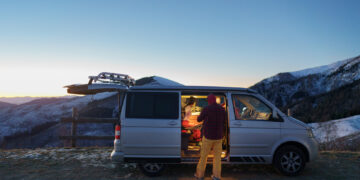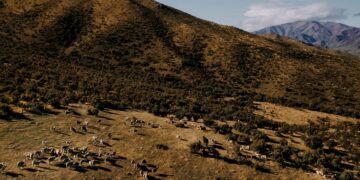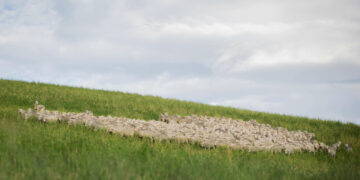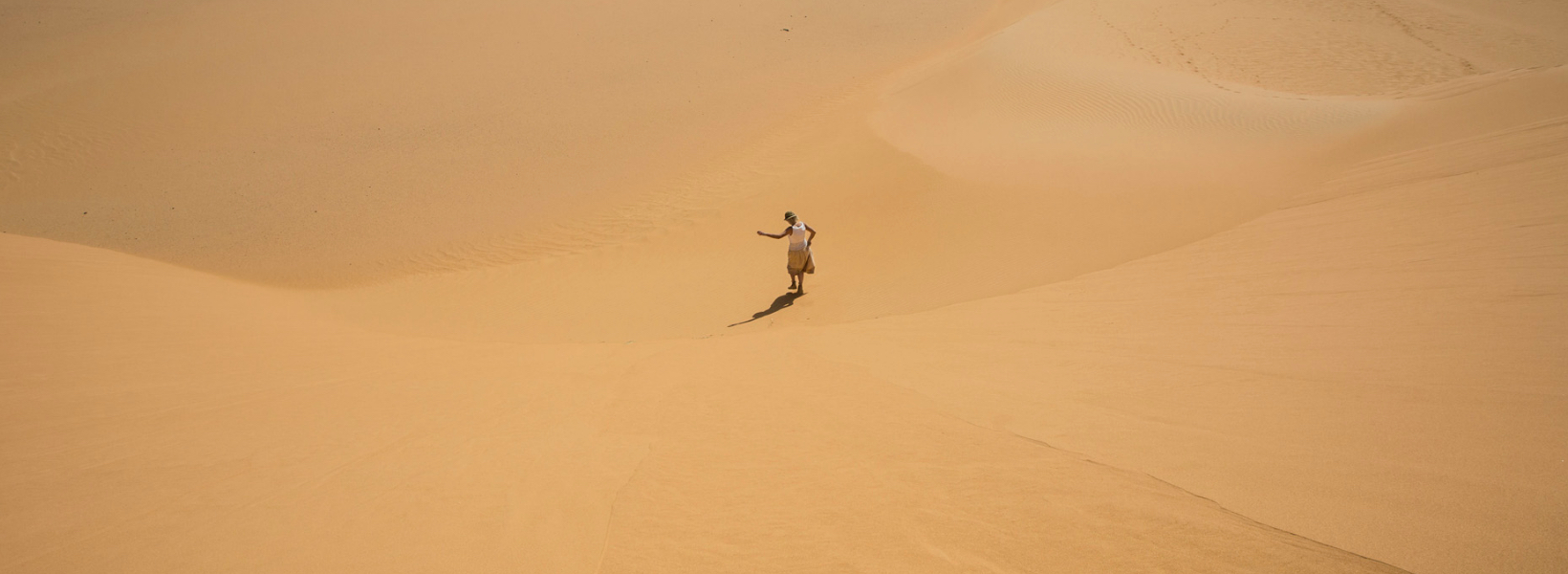The Haboob suddenly blows and the desert disappears from view.
The wind-lashed dunes change their shape, and grains of sand rise in eddies, transforming the landscape.
The horizon is an imperceptible line lost in the distance.
We feel lost, without references; we try to advance towards nowhere, witnessing in disbelief the spectacle of quick dissolution.
Light blinds, heat dries up and time takes on a surreal dimension.
At times, the compact sand allows us to advance at a brisk pace; at other times, it turns into very fine and impalpable dust that sucks us in.
Push, push and try again, until you free yourself from the grip of that powder.
A dromedary passes calmly by; he is at home.
The wind gives no respite, the sand forms strange shapes and we feel small, at the mercy of a storm, certain that sooner or later, calm will return.
We must reach the top of a dune to look for a reference point that will allow us to proceed.
We have to navigate by sight in search of a familiar sign on the horizon.
Suddenly, all is quiet. The wind dies without notice.
The sky regains its colour, the sand its texture and before us materialize
remains of ancient history.
It was there that we wanted to go; it was there that we had to go.
A dromedary passes by unperturbed.
“A dromedary passes calmly by; he is at home.”
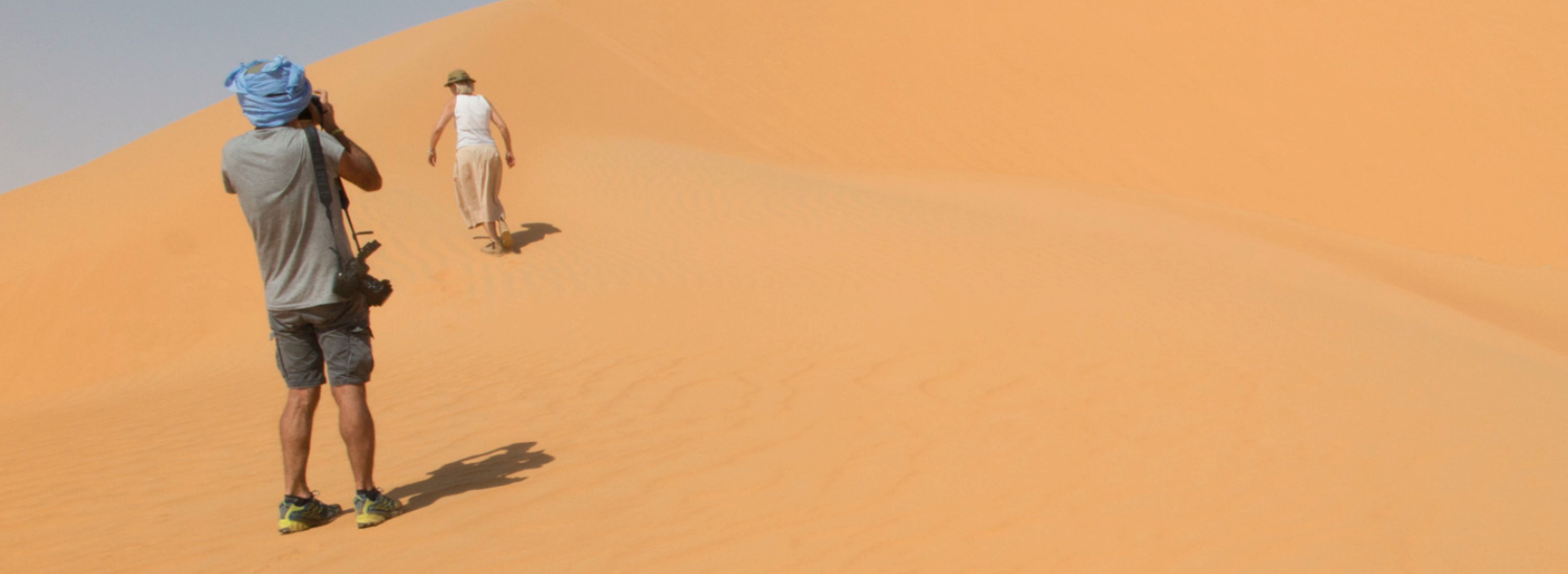
Backstage
The Sudanese desert is an immensely silent world where the only voice is the sound of the haboob wind. The wind is capable of changing, erasing, moving, being there and then disappearing. There are days when you feel like you can’t escape it. Suddenly, everything becomes difficult, the light dazzles without showing anything on the horizon; every effort seems to be in vain. Despite the apparent monotony, the desert is like a geographical map on which signs are imprinted that must be read. The emotions are very strong, and when, after days spent in the fog, the oasis appears, you understand that you have navigated the immense, wonderful, indescribable sea of sand.
Massimo Bicciato, photographer and traveller.


